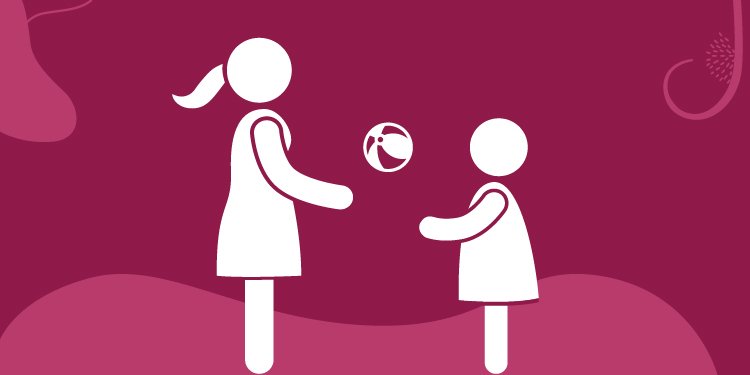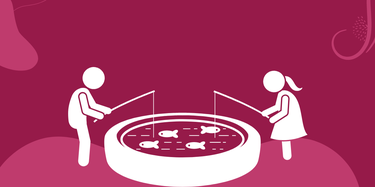SUPPORT YOUR CHILD WITH A GAME
In an emergency, children experience stress, fear and uncertainty. Parents need to continue to be caring and try to redirect their attention.
Play has Several Useful Functions for Children:
Games that are easy to play anywhere:
The Five Senses
Give the children a task:
- Show me five objects that are red (green, blue, etc.) objects.
- Touch 4 different things and tell them what they feel like (soft, cold, rough).
- Repeat 3 sounds you just heard around you.
- Describe in words 2 smells that surround you.
- Taste something edible – what do you feel? (sweet, salty, crunchy, etc.)
Shared Story
Make up a coherent story together, speaking one sentence at a time.
Catch The Rhythm
Sing a song with your child and beat the rhythm of the song with a teaspoon on a cup or a palm on a knee. Try making up a song and guessing its rhythm.
Creative Thinking
Participants take turns closing their eyes.
At the leader's command, open your eyes and name the first object that comes into view. And then find something unusual in this ordinary object or find a new way to use it.
Playing While Eating
When a child eats a food item, he or she has to name the feature that begins with the same letter as the name of the dish. For example, a carrot on a plate means we are eating wisdom, chicken means beauty, bread means courage.
It Can't Be
Each player takes turns naming something incredible (a thing, a natural phenomenon, an unusual animal, an incident), and the others evaluate his idea with the words «can be» or «cannot be». Support the child's initiative to invent something that «does not happen».
Pantomime
Take turns throwing the ball to each other, naming an emotion, feeling, or dream. The one who catches the ball shows the word with facial expressions and gestures. Then they say their word and pass the ball on.
Can – Can't
An adult asks a question, and the child answers «can» or «not allowed». For example:
- Can I hug my parents?
- Yes, you can.
- Can I drink from the tap?
- No, you can't.
Barometer Of Emotions
We ask the child questions: «How do you feel?». The child shows a gesture and then voices the emotion: thumb up for joy, thumb down for sadness, and curiosity. Come up with your own system for identifying emotions.
Sad Cat
Ask your child to imagine that he or she he or she is a cat
who needs help. The cat can't talk, only meows. Have your child show what the cat needs (petting, pick up, feed, etc.)
Wizard
An adult becomes a magician who knows everything about emotions. The child can «turn» you into any emotion, and you have to show and tell about it.
In the end, say that each of us can be a wizard – to understand emotions and transform difficult experiences into constructive ones: strength, confidence, experience.
Figure, Freeze
The leader turns his back on the players and says: «One, two, three - figure, freeze!». The players try not to move after the word «freeze». The first person to fail to do so is out of the game and waits for the next round.
Adapted from SPILNOINPL.ORG by UNICEF Poland.

Explore the Bebbo app from UNICEF, it is your pocket partner in parenthood. Bebbo offers a wide range of parenting tips and other useful resources for parents and caregivers of children aged 0-6 years old, including games for parents and children to play together anytime, anywhere. It’s available in multiple languages, including Ukrainian. It is free to use and you can download it on Google PlayStore / Apple AppStore.
More about Bebbo.



